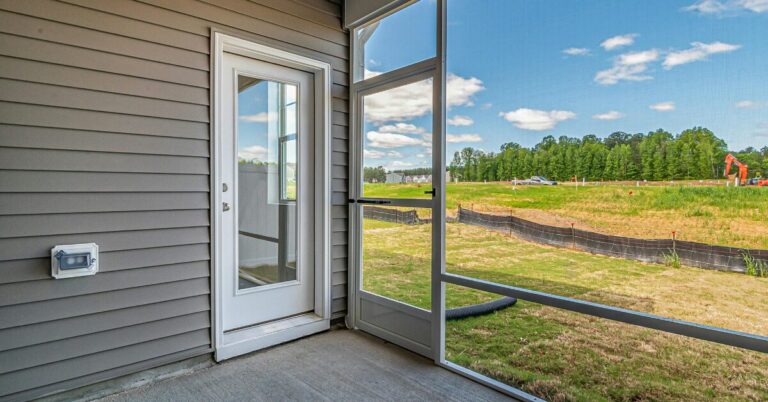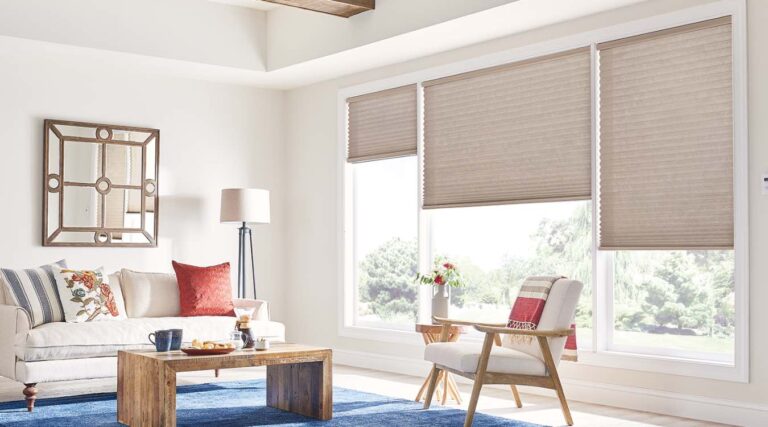Modern Elegance and Functionality: The Glass Range Hood
The kitchen has evolved from being just a functional cooking space to becoming the centerpiece of the modern home. Design and performance now go hand in hand, especially when it comes to appliances. Among the most stylish and contemporary additions to today’s kitchen is the Glass range hood. Sleek, powerful, and visually stunning, this appliance blends form and function in a way that few kitchen features can.
In this article, we’ll explore what makes the Glass range hood such a desirable kitchen upgrade, its advantages, design varieties, and what to look for when choosing the right one for your space.
What Is a Glass Range Hood?
A Glass range hood is a ventilation system installed above your cooktop or stove, designed to remove smoke, steam, grease, and cooking odors from the kitchen. What sets it apart from traditional metal or plastic hoods is the incorporation of glass—usually tempered, clear, or frosted—as a major component of its structure.
The glass used is not just for aesthetic appeal; it also contributes to easy cleaning and adds a feeling of openness and brightness to your kitchen. A Glass range hood often combines stainless steel with glass to create a look that is both modern and timeless.
Why Choose a Glass Range Hood?
1. Sleek and Stylish Design
The Glass range hood is often chosen for its visual appeal. It offers a minimalist look that blends beautifully with contemporary and high-end kitchen designs. The transparent or lightly tinted glass adds a sense of airiness and avoids the visual bulk that some traditional hoods can bring to a space.
2. Excellent Visibility and Lighting
Glass reflects light more effectively than metal, helping to illuminate the cooktop area better. Many Glass range hood models also come with integrated LED or halogen lighting, further enhancing visibility while cooking and adding ambient lighting to your kitchen.
3. Easy to Clean
One of the practical benefits of a Glass range hood is how easy it is to clean. Unlike traditional hoods that may have hard-to-reach corners or grates, the smooth glass surface can be quickly wiped down with a microfiber cloth and glass cleaner. The result is a gleaming surface that’s free from smudges and grease.
4. Functional Ventilation
Despite their modern appearance, the Glass range hood doesn’t sacrifice performance. Many models come equipped with powerful fans, multiple speed settings, and high-quality filters to ensure effective removal of smoke, odors, and airborne grease particles.
Types of Glass Range Hood
Choosing the right type of Glass range hood depends on your kitchen layout and design preferences. Here are the main styles available:
1. Wall-Mounted Glass Range Hood
These are attached to the wall directly above your cooktop. This style is one of the most common and provides a bold, stylish centerpiece in the kitchen. The Glass range hood in this format usually features a chimney-style design with a curved or flat glass canopy.
2. Island Glass Range Hood
Perfect for kitchens with a central island cooking area, the island-style Glass range hood is mounted to the ceiling. These models often serve as a stunning focal point, offering 360-degree visibility and a striking combination of function and form.
3. Under-Cabinet Glass Range Hood
These are installed under existing cabinetry and are ideal for smaller kitchens or more traditional layouts. The glass component provides a touch of sophistication without requiring extensive remodeling or additional space.
Key Features to Consider
When shopping for a Glass range hood, keep the following features in mind to ensure you get both performance and aesthetics:
1. Airflow Capacity (CFM)
CFM (cubic feet per minute) measures how much air the hood can move. For typical home use, a Glass range hood with 300 to 600 CFM should be sufficient. If you do a lot of high-heat cooking or frying, consider a more powerful model.
2. Filter Type
Most Glass range hood models use either aluminum mesh filters or baffle filters. Aluminum mesh filters are lightweight and easy to clean, while baffle filters are more durable and efficient at capturing grease. Some units also offer charcoal filters if you need a ductless, recirculating option.
3. Noise Levels
A quiet kitchen is a more enjoyable one. Look for models that maintain good airflow performance with a noise level below 60 decibels on standard settings. High-end Glass range hood units often include noise-reduction technology.
4. Control Options
From simple push buttons to digital touch panels and remote controls, the control interface of your Glass range hood should be intuitive and easy to operate. Some even offer smart features that can be controlled via smartphone apps or voice assistants.
5. Lighting
Integrated lighting is a must. LED lights are energy-efficient and long-lasting, and many Glass range hood models allow you to adjust brightness to suit your needs.
Installation and Maintenance
Installing a Glass range hood should be done according to manufacturer specifications, especially if it’s wall- or ceiling-mounted. Professional installation is recommended to ensure proper support and electrical connections.
For maintenance:
- Clean the glass with a non-abrasive cleaner regularly.
- Wash or replace filters according to usage—usually every 1–3 months.
- Check the fan and motor for any build-up to maintain performance.
Final Thoughts
The Glass range hood is more than just a kitchen appliance—it’s a statement of elegance and modern sophistication. It enhances your kitchen’s appearance while effectively removing unwanted smoke and odors. Whether you’re remodeling your kitchen or building a new one, choosing a Glass range hood is a smart investment in both style and functionality.
With a wide variety of models available in the market, from budget-friendly options to luxury designs, you’re sure to find the perfect Glass range hood that meets your cooking needs and elevates your kitchen’s ambiance.

